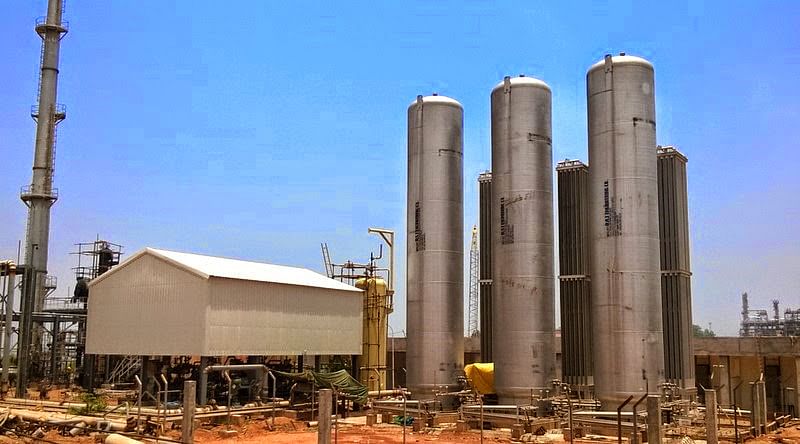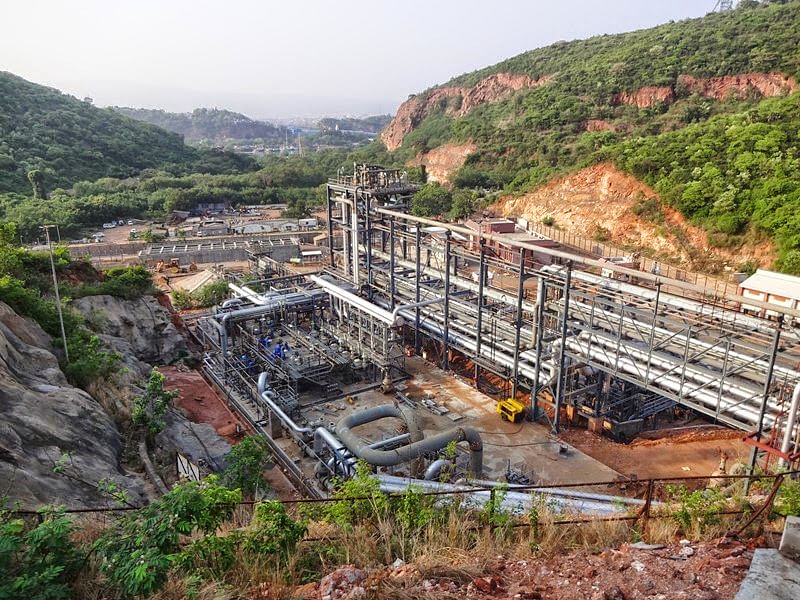India to lease part of its crude storage reservoir in Karnataka to Saudi Arabia's Aramco
Even as uncertainties regarding the global crude prices remain, India is making efforts to strengthen its reservoirs which will serve as a cushion in case of any supply disruption.
In a move to strengthen India's emergency crude reserves, Indian Strategic Petroleum Reserves (ISPRL) on Tuesday signed an agreement with Saudi Aramco to lease a part of the 2.5-million tonnes (MT) Padur storage in Karnataka. The reservoirs currently have the capacity to meet 12 days of India’s crude needs. This is in addition to the around 65 days of crude storage kept by the refinery companies, which serve as a cushion during any supply disruptions.
As per the deal India will lease a quarter of its strategic petroleum reserve in Padur to Saudi Aramco to store about 4.6 million barrels of oil, according to top ISPRL officials.
"Aramco has signed an MoU for only one compartment," HPS Ahuja, CEO and MD of ISPRL was reported as saying. The officials said that the Padur storage facility has four equal-sized compartments. Abu Dhabi National Oil Co (ADNOC), had reportedly last year signed a preliminary agreement to use half of the reserve at Padur.
Though the details of the deal is not yet out, industry experts expect the development to help Aramco in two ways. Firstly, it will help it disperse its storage risk and secondly the facility can be used as intermediary for supplying to its customers. ISPRL on its part will be able to earn revenue of the assets, while at the same time maintain the reserves for any emergency need. An official comment from Saudi Aramco was awaited till the time of publishing.
The deal was signed during Prime Minister Narendra Modi’s recent visit to Saudi Arabia, the world’s biggest oil producing country. 18 percent of India’s crude imports come from that country. At present UAE-based ADNOC is a partner in India’s reservoir programme in Mangalore.
K Ravichandran, Senior VP & Group Head, Corporate Ratings, ICRA said that most of countries keep the reserve to meet their requirement in case of any emergency such as a war.
Cushion against supply disruption
To ensure energy security the Indian government has set up strategic crude oil storages at three locations — Visakhapatnam, Mangalore and Padur (near Udupi).
As per ISPRL, a special purpose vehicle, the crude oil storages are constructed in underground rock caverns and are located on the East and West coast of India. Crude oil from these caverns can be supplied to the Indian refineries either through pipelines or through a combination of pipelines and coastal movement. Underground rock caverns are considered as the safest means of storing hydrocarbons. While, Vishakhapatnam has a storage capacity of 1.33 million tonnes, Mangaluru and Padur has 1.5 MT and 2.5 MT respectively.
Uncertainties around crude supply remain a worry
Crude oil is an important energy resource underpinning India’s energy requirements which includes transport, commercial and industrial needs. India is the 3rd largest importer and consumer of crude, and has limited crude oil reserves in the country. Therefore, any change in crude oil price and global demand-supply directly affects the Indian economy.
India imports more than 80 percent of its crude oil requirements and in the current financial year it has imported almost 4.5 million barrels per day (mb/d). Further, the country’s import dependency based on consumption has also increased to 84.8 percent compared with it being 83.3 percent a year ago in the same period, according to a latest report released by CARE Ratings.

A drone attack last month on Saudi Arabia's state-owned company Aramco’s oil refineries triggered speculations of shortage of fuel supply worldwide. The attack triggered global crude prices spiking to $71.95 (Rs 5,144) per barrel, up 19.5 percent on the next working day, raising concerns for sufficient crude supplies to India. Though the supply was resorted soon the apprehensions about problems due to similar incidents remain.
Similarly, the compliance of US sanctions on Iran from May this year onwards led to a decline in India’s import levels. Iran was India’s 3rd largest crude oil supplier till FY 2018-19. The impact on the sanctions on Iran led to increase in crude prices during April 2019 as the US government did not grant additional extension to India, Japan, Italy, Greece, Turkey, Taiwan, South Korea and China on the Iran sanction waiver.
Analysts say that with crude prices continuing to remain sensitive to any developments in global geopolitics, it makes even further case for India to increase its reservoir in order to meet any future uncertainties.
Also read: Crude oil price spike worrying but it’s been higher in the past
RELATED ARTICLES
VinFast’s second plant in Vietnam goes on stream ahead of India factory
Vietnamese EV maker’s second plant in its home market, which has a 200,000 EVs-per-annum capacity, will focus on produci...
Continental exits TBR market in India, shifts focus to car and SUV radials
German tyre manufacturer aims to tap the double-digit market growth opportunity for big SUV and luxury car tyres which w...
New ZF SELECT e-drive platform gives EV makers a choice in 100 to 300 kW range
Modular e-drive platform optimally matches 800-volt overall system and components such as the electric motor and power e...





 30 Oct 2019
30 Oct 2019
 20849 Views
20849 Views















 Autocar Professional Bureau
Autocar Professional Bureau




